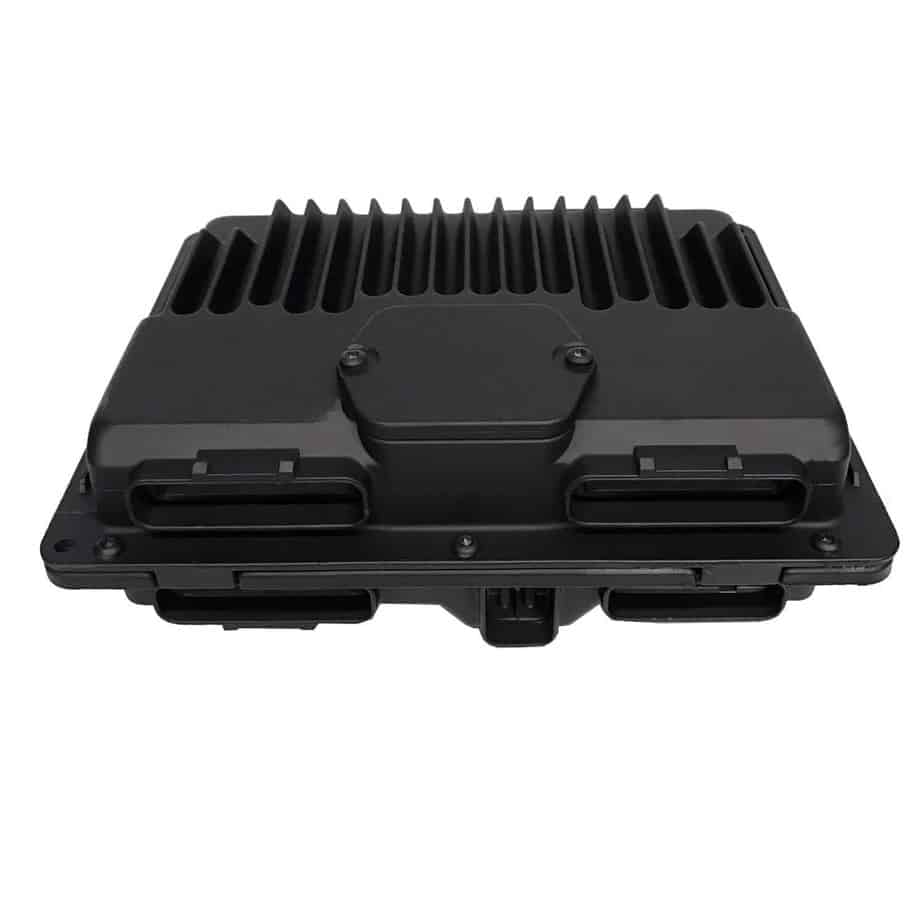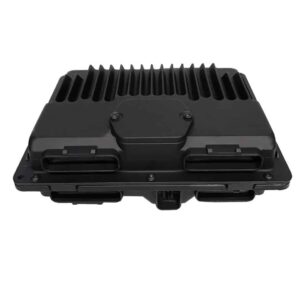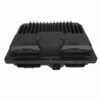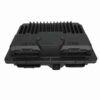Restore Your Truck’s Performance and Reliability
If you’re dealing with frustrating issues like a no-start condition, erratic engine behavior, poor fuel mileage, or a persistent Check Engine light on your GMC Sierra or similar GM truck, the culprit is often a failing Powertrain Control Module (PCM). As the central computer of your vehicle, a faulty PCM can cause a host of problems that can sideline your workhorse. This isn’t just a replacement part; it’s a direct-fit, fully programmed solution designed to get your truck running smoothly again without a costly trip to the dealership for programming.
We take the guesswork and hassle out of the repair. Simply provide us with your vehicle’s VIN (Vehicle Identification Number) after your purchase, and our technicians will flash this module with the latest, most stable GM factory software specific to your truck. This ensures perfect communication between the engine, transmission, and all other onboard systems, restoring the performance and efficiency you depend on.
Case Study: A Tricky Diagnosis
I remember a ’99 Suburban that came into my bay with a bizarre set of symptoms—random stalling at idle, harsh 1-2 shifts, and a fuel gauge that would occasionally drop to empty. The owner had already replaced the fuel pump and a handful of sensors. Scans showed intermittent communication loss codes (U-codes) but nothing consistent. After checking the main grounds and power feeds to the PCM, we decided to try a known-good computer. With a properly programmed module installed, all the gremlins vanished. The original PCM had failing internal drivers that were slowly breaking down under heat, a common issue on these older GMT400 platform vehicles. This is why a quality, correctly programmed module is non-negotiable for a lasting repair.
Common Signs of a Failing PCM
A failing engine computer can mimic many other problems. If you’re experiencing any of the following, your PCM could be the root cause. This is especially true if you’ve seen diagnostic trouble codes like P0601 or P0605, which point directly to an internal module fault.
- ✔ Check Engine Light is on with no clear cause
- ✔ Engine cranks but refuses to start
- ✔ Unexplained drops in fuel economy
- ✔ Rough or unstable idling
- ✔ Vehicle stalling for no reason
- ✔ Harsh or erratic automatic transmission shifting
- ✔ Failure to pass an emissions test
A Straightforward Guide to Installation
Installing your new 1998-1999 GMC 2500 PCM is a job most DIYers can handle with basic tools. Since we program it beforehand, you can skip the expensive trip to a shop for flashing.
- Safety First: Disconnect the negative terminal from your vehicle’s battery and secure it away from the post.
- Locate the PCM: On most of these trucks and SUVs, the PCM is located in the engine bay on the driver’s side, near the fender or firewall.
- Disconnect Connectors: Carefully unclip and remove the wiring harness connectors from the old module. There are typically multiple color-coded connectors. Avoid forcing them.
- Remove the Old Module: Unbolt the old PCM from its mounting bracket and remove it from the vehicle.
- Install the New Module: Bolt your new, pre-programmed PCM into the mounting bracket.
- Reconnect Everything: Firmly plug the wiring harness connectors into the new module. Reconnect the negative battery terminal.
- Perform Security Relearn: This is a critical final step. Turn the key to the “ON” position (without starting) for 10-15 minutes. Turn it “OFF” for 10 seconds. Repeat this cycle 2-3 times. This allows the vehicle’s security system to recognize the new PCM. Your truck should now start and run correctly.
Guaranteed Fitment for Your GM Vehicle
This module, identified by part numbers 09366810, 16250279, or 09355699, is a direct replacement for a wide range of GM trucks, vans, and SUVs from the late 1990s. While this is the correct 1998-1999 GMC 2500 PCM, please verify your vehicle in the compatibility list below to ensure a perfect match. Providing your VIN for programming is the final step to guarantee it works flawlessly with your specific model and options.
Frequently Asked Questions
Do I really need to provide my VIN?
Yes, this is essential. Your vehicle’s VIN allows us to load the exact factory calibration for your engine, transmission, tire size, and other options. This guarantees compatibility and proper vehicle operation.
Is this part difficult to install?
No, it’s a plug-and-play installation. The physical swap involves a few bolts and wiring connectors. The only procedure required after installation is the security relearn, which just involves cycling the ignition key and doesn’t require any special tools.
What is the difference between a PCM, ECM, and ECU?
The terms are often used interchangeably. ECM (Engine Control Module) typically just controls engine functions. A PCM (Powertrain Control Module) is more common in these vehicles and controls both the engine and the automatic transmission. ECU (Electronic Control Unit) is a more generic term. For this application, it’s a PCM.
Will this fix my check engine light?
If the check engine light is caused by an internal failure of the old PCM (like codes P0601-P0606), then yes, this will resolve the issue. However, if the light is on for a faulty sensor or other component, that separate issue will still need to be addressed.
Does this module come with the latest GM software?
Absolutely. When we program the module to your VIN, we use the most current software version available from General Motors. This can often resolve drivability issues that were present even in the original factory programming.



